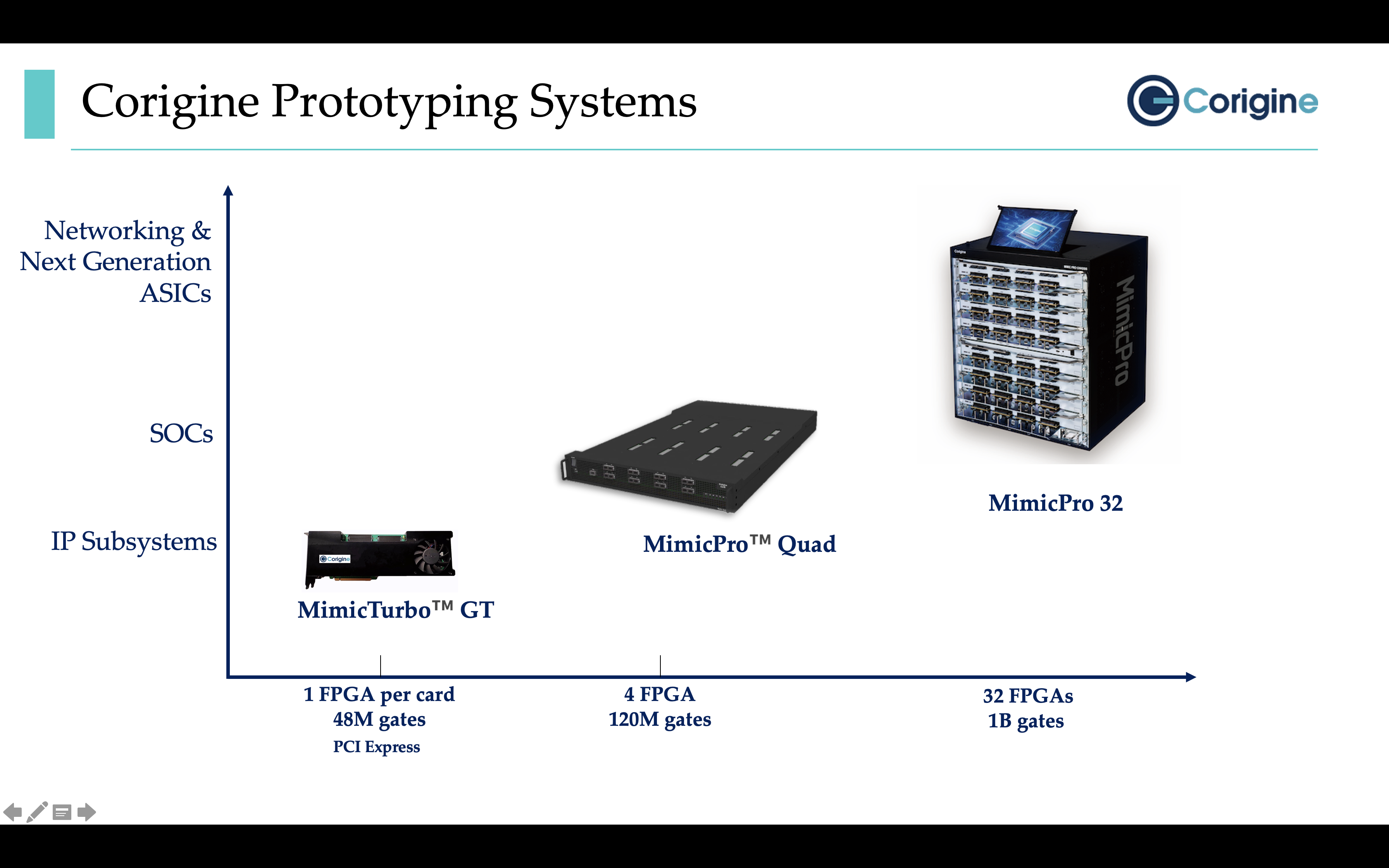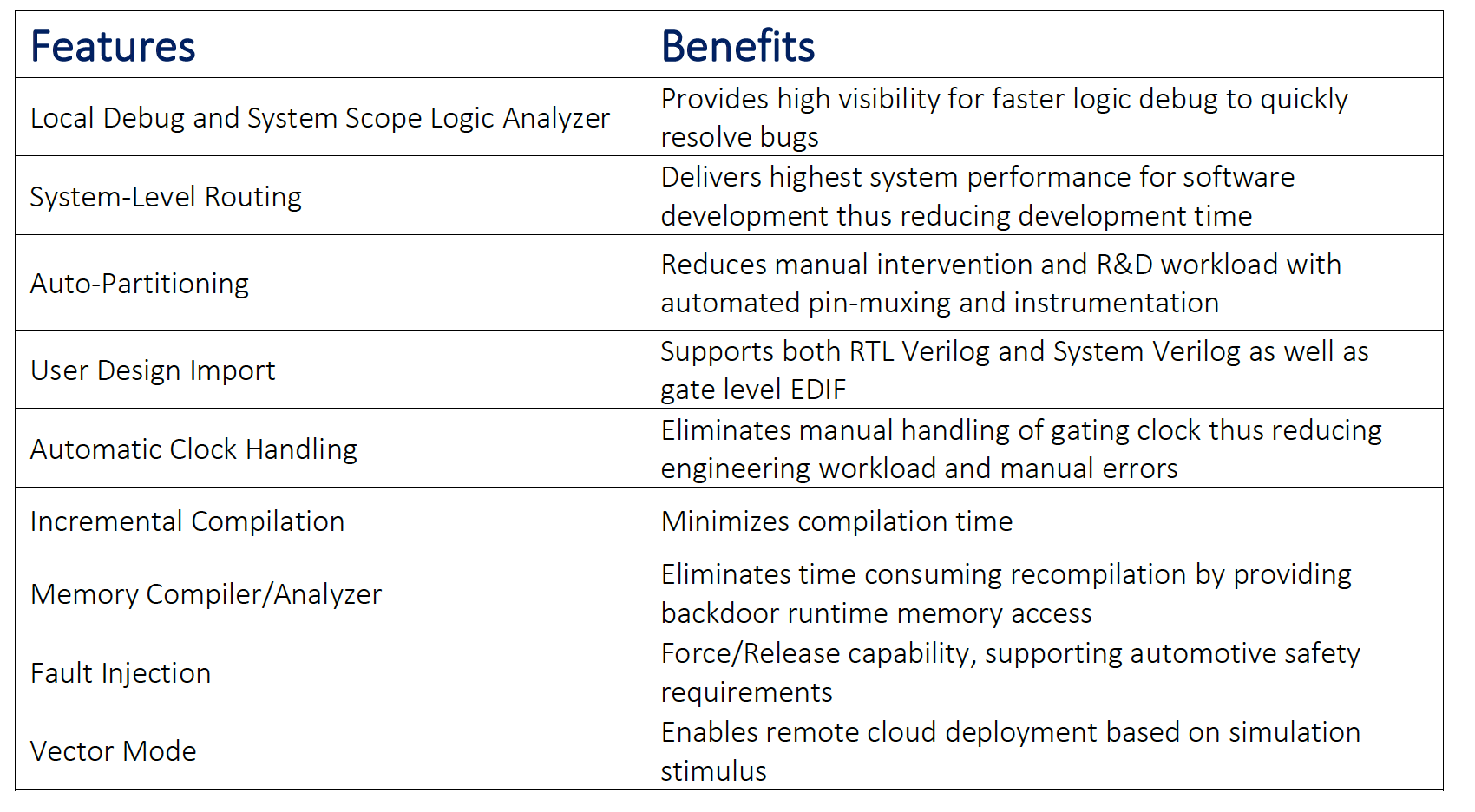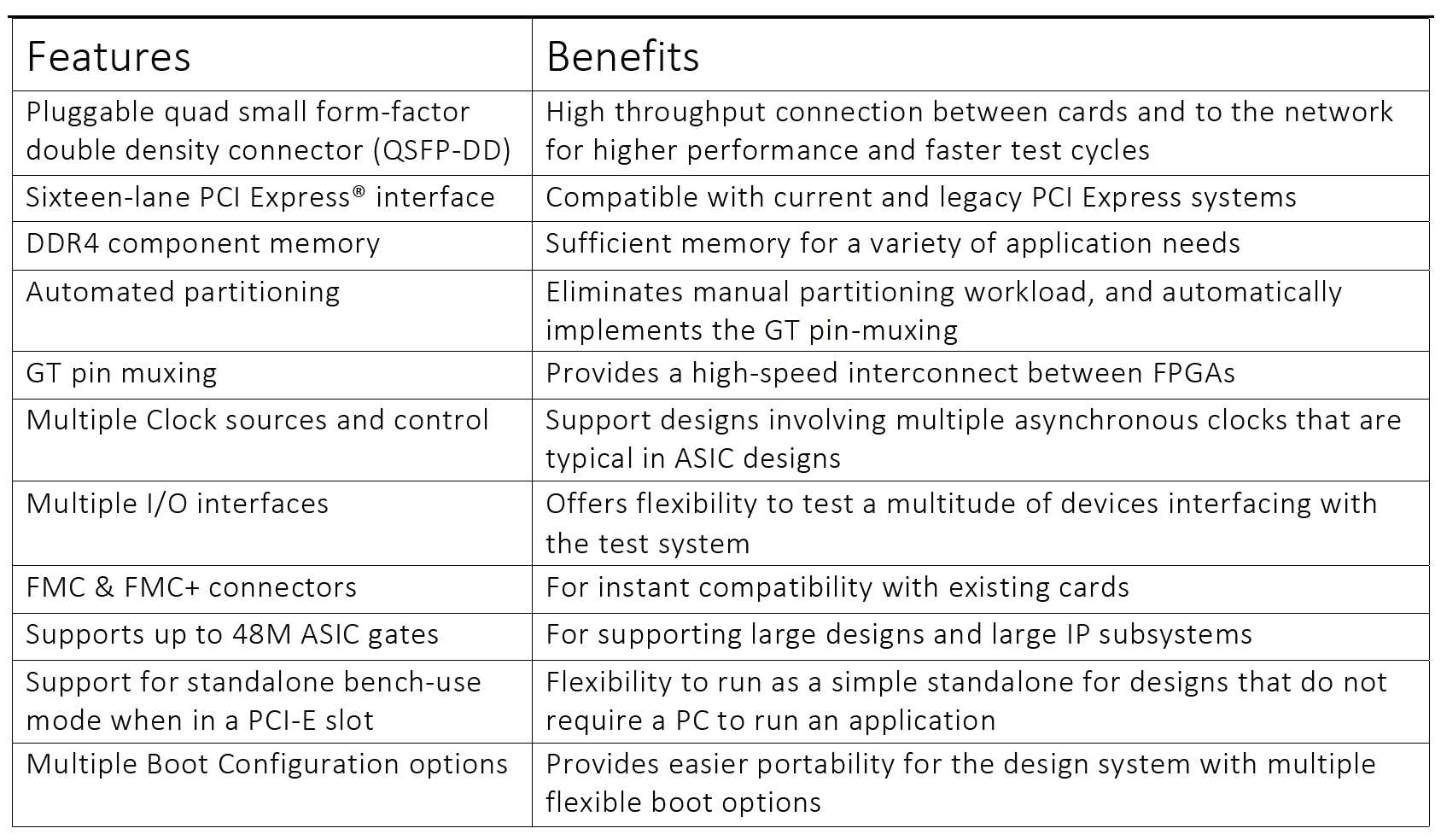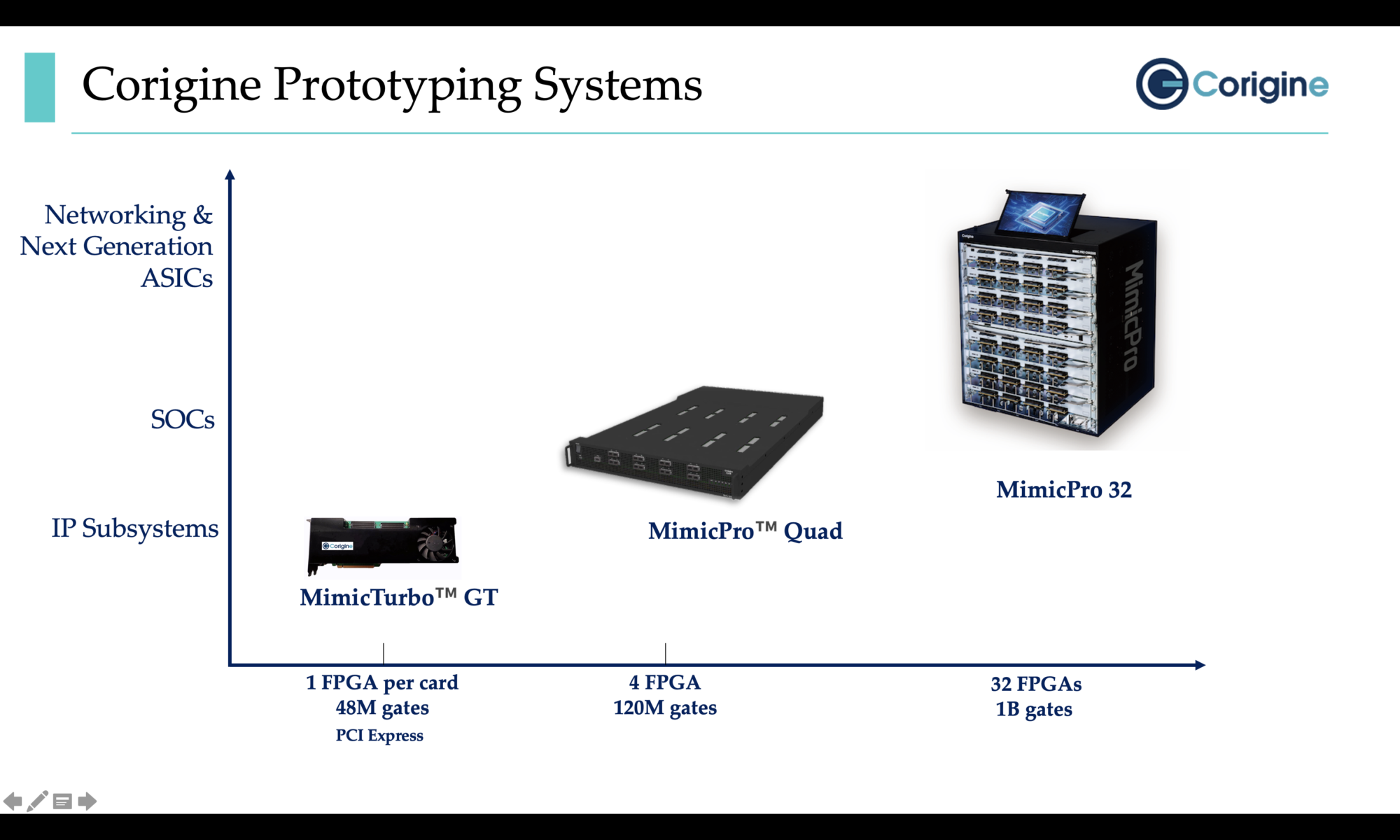Every now and then, disruptive technology is brought to market, challenging the way things have been done to that point. We are all familiar with many such technologies. The rhetorical question is, how many of us were aware, recognized and acknowledged those technologies before they became well established? For example, a startup called Corigine has been rethinking prototyping and emulation solutions for semiconductor products. They are on a mission to make prototyping capability accessible to a wider audience of software and hardware engineers, right from their desktop. And to offer far greater onboard capability than is currently available on traditional prototyping solutions, thereby relieving some of the dependence on expensive emulation infrastructure. Corigine expects to disrupt the widely used traditional prototyping/emulation model with their recently announced solutions. Before a product gets recognized and acknowledged for its value, awareness of the product needs to happen. This article is about bringing that awareness.
Before reviewing these products from Corigine, a little backdrop would be useful to understand the impact such solutions could bring to the prototyping and emulation market. Whether inventing or innovating, prototyping comes into play. During inventions, prototyping is part of the invention process. During innovations, though not essential, prototyping is invariably done for pragmatic reasons. The reasons include cost optimization and time to market reduction for the complete product. While the basic reasons for prototyping are to verify conformance to specifications and validate performance to customer/product expectations, there are other reasons too. Most products are not that useful without software running on them. Consequently, a product launch requires having both the hardware and software ready at that same time. Software developers seek a head start rather than waiting for the hardware to be ready in its final form.
Hardware/software co-verification has become a very important aspect of product development, for integration of software (sw) with hardware (hw) well before final chips and boards become available. A good prototyping system should allow for not only ease of verification of the hardware but also enable hardware validation, software development, debugging and hw/sw integration. It is in this context that the two product announcements from Corigine are of interest. Corigine is a fabless semiconductor company that designs and delivers leading edge I/O and networking products, IPs and some EDA solutions.
In summer of this year, Corigine introduced a prototyping platform called the MimicPro™ system for SoC, ASIC and IP subsystem verification and pre-silicon software development. The platform makes prototyping capabilities easily accessible to hardware verification engineers and software developers at pre-silicon stage, thus shortening the R&D cycle for final products. It’s a system built using Xilinx UltraScale™ FPGAs with the goal of optimizing functionality and performance. The press release can be accessed here.
In November, Corigine expanded their toolkit in this space with their MimicTurbo GT card. This offering makes the capabilities accessible to engineers right at their desktop. Through a PCIe-based MimicTurbo GT card, Corigine makes silicon verification and software R&D right from an engineer’s desktop. The press release can be accessed here.
Requirements For Next-Generation Prototyping Solutions
A next-generation prototyping solution should cost-effectively enable hardware/software co-verification in addition to offering the following functionality.
- Enable Software development
- Greater automation, for partitioning and more
- Necessary debug capabilities and system view
- Multi-user access to hardware for cost-management
- Useful scalability for handling small/simple designs to large/complex SoCs
- Suitability for use over the cloud and within the enterprise
- Security for IP in use
In addition, the automotive market has some very stringent safety requirements for semiconductor/electronic products that should be addressed by a prototyping solution.
Corigine Solutions
The following is a synthesis of what I gathered by reviewing/previewing Corigine’s product brochures on MimicPro and MimicTurbo GT solutions, respectively.
MimicPro FPGA Prototyping System
The system enables early software development, system validation and regression testing, while significantly reducing development time and workload. It offers a full system view with high visibility for rapid debug capability through a System Scope Logic Analyzer. Its automatic clock handling eliminates the need for manual handling of gating clock which is prone to errors and unnecessary engineering workload. The auto partitioning feature reduces the need for manual intervention by automating pin-muxing and instrumentation. While the system addresses all the requirements identified in the earlier section, the following are of special mention.
Scalability
- Scales from 30 million gates to 1 billion gates (1 to 32 FPGAs)
Support for Automotive Safety
- FMEDA, HIL, ADAS (ISO26262)
- Fault injection-Force/Release capability that are essential for debugging and functional safety prototyping

MimicPro System

MimicTurbo GT Card
The Card can be deployed in a 16-lane PCI Express slot and supports 64 GTY transceivers (16 Quads) along with the essential I/O interfaces and includes FMC and FMC+ connectors. Bundled with the MimicTurbo software, the solution delivers the best-in-class automated partitioning for larger System-on-Chip designs. The MimicTurbo software leverages the Xilinx VU19P HSTPM IP for extraordinarily low latency with I/O pin-muxing across transceivers.
Deployment Ease
The Corigine MimicTurbo GT card is designed for quick installation in a PCIe system. The card is designed with the necessary interfaces and pre-built connectors that enables users to quickly deploy the hardware environment with the Xilinx® Virtex® UltraScale+™ FPGA XCVU19P. To further ease deployment, the card can be configured as a benchtop standalone platform as well.
Performance
The Corigine MimicTurbo GT offers automated FPGA partitioning and interconnect while leveraging the high-speed Xilinx GT (GigaHertz Transceiver) I/O connection between multiple FPGAs to deliver multi-gigabits per second performance. The card provides GT pin muxing and automatic clock control, and features a sixteen-lane PCI Express interface along with DDR4 component memory for performance.
Scalability
The Corigine MimicTurbo GT provides modular upgradability from an entry point of a single FPGA card with 48 million gates to multiple cards deployed in a single or multiple PCIe systems.
MimicTurbo GT Card

Availability
MimicPro Systems: General availability of 1, 4 and 32-FPGA based systems. Configurations containing more FPGAs to follow.
MimicTurbo GT Card: Sample availability starts in December 2021.
Summary
The MimicPro system offers the scalability needed for verifying and validating completing SoCs and IP subsystems and delivers deep local debug capabilities for quicker elimination of bugs. The MimicTurbo GT card along with the MimicTurbo prototyping software solution simplifies the deployment of FPGA based prototyping at the desktop. Together, they greatly accelerate silicon verification and pre-silicon software development at semiconductor companies. The offerings are designed for deployment within the enterprise as well as over the cloud. These Corigine EDA solutions are architected to address the needs of SoCs for AI, Automotive, Communication, Processing and Vision applications.
You can access a copy of the MimicPro product brochure here. For a copy of the MimicTurbo GT product brochure, contact Corigine via marketing@corigine.com. For additional information, visit www.corigine.com.
Corigine @DAC 2021
You can meet with Corigine and check out their latest products at Booth 2443, Dec 6 -Dec 8, 2021.
DAC 2021 is being held at Moscone Center, San Francisco, CA
Also Read
Facebook or Meta: Change the Head Coach
Share this post via:





Comments
There are no comments yet.
You must register or log in to view/post comments.